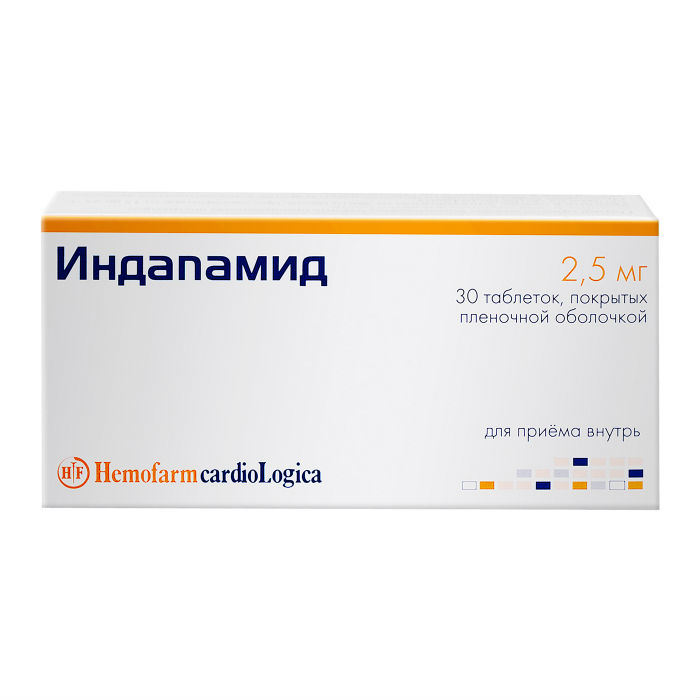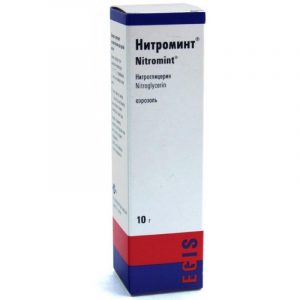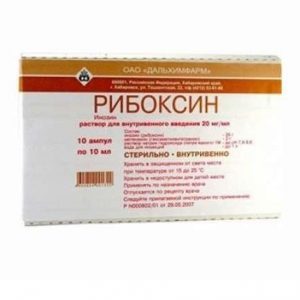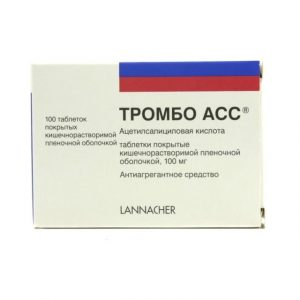Description
Description
Round biconvex tablets coated with a white film coating. In a cross section, the core is white or almost white.
Latin name
Indapamide
Release form
Tablets
Packing
30 pcs
Pharmacological action
Indapamide – antihypertensive drug (diuretic, vasodilator). By pharmacological properties, it is close to thiazide diuretics (violation of Na + reabsorption in the cortical segment of the Henle loop). Increases urinary excretion of Na +, Cl – and, to a lesser extent, K + and Mg 2+ ions. With the ability to selectively block ² Ñslow ² Ñ calcium channels, it increases the elasticity of artery walls and reduces overall peripheral vascular resistance. Helps reduce left ventricular hypertrophy. It does not affect the plasma lipids (TG, low density lipoproteins, high density lipoproteins) does not affect carbohydrate metabolism (including in patients with concomitant diabetes mellitus). Reduces the sensitivity of the vascular wall to norepinephrine and angiotensin II, stimulates the synthesis of prostaglandin E2, reduces the production of free and stable oxygen radicals. The antihypertensive effect develops by the end of the first week, persists for 24 hours against a background of a single dose.
Indications
Arterial hypertension.
Contraindications
Hypersensitivity to indapamide, other sulfonamide derivatives or other components of the drug anuria, refractory hypokalemia, hepatic encephalopathy or severe liver failure, severe renal failure (creatinine clearance less than 30 ml, maternity period) years (insufficient data on efficacy and safety) lactose intolerance, lactase deficiency, glucose-galactose malabsorption (the drug contains lactose).
Composition
1 tablet contains:
Active ingredient: indapamide – 2, 5 mg
Excipients: ludipress, magnesium stearate, aerosil (colloidal silicon dioxide), hydroxypropyl methylcellulose, titanium dioxide, polyethylene oxide, talc.
Dosage and Administration
Inside, preferably in the morning, regardless of food intake, washed down with a sufficient amount of liquid, 2.5 mg (1 tablet) per day.
If the desired therapeutic effect is not achieved after 4-8 weeks of treatment, increasing the dose is not recommended (the risk of side effects increases without increasing the antihypertensive effect). Instead, it is recommended that another antihypertensive drug that is not a diuretic be included in the drug regimen. In cases where treatment must be started with two drugs, the dose of Indapamide remains equal to 2.5 mg in the morning, once a day.
Side effects
The frequency of possible side effects is indicated in accordance with the classification of the World Health Organization: very often – more than 10% often – more than 1% and less than 10% infrequently – more than 0.1% and less than 1% rarely – more than 0.01 % and less than 0.1% is very rare – less than 0.01% (including individual cases) the frequency is unknown – cannot be determined from the available data. On the part of the blood and lymphatic system: very rarely – thrombocytopenia, leukopenia, agranulocytosis, aplastic anemia, hemolytic anemia. From the nervous system, rarely – vertigo, fatigue, headache, paresthesia frequency unknown – fainting. On the part of the cardiovascular system, very rarely arrhythmia, arterial hypotension, the frequency is unknown – an increase in the QT interval on the ECG, arrhythmia of the pirouette type ( torsade de pointes ) (possibly fatal). From the digestive system: infrequently – vomiting is rare – nausea, constipation, dry mouth is very rare – pancreatitis. From the kidneys and urinary tract: very rarely – renal failure. From the liver and biliary tract: very rarely – impaired liver function, frequency is unknown – with liver failure, hepatic encephalopathy, hepatitis may occur. On the part of the immune system: hypersensitivity reactions, mainly dermatological, in patients with a predisposition to allergic and asthmatic reactions: often – maculopapular rash infrequently – hemorrhagic vasculitis is very rare – angioedema, urticaria, toxic epidermal necrolysis, Stevens-Johnson syndrome, frequency is unknown – in patients with acute systemic lupus erythematosus, the course of the disease may worsen. Cases of photosensitivity reactions are described. Laboratory indicators: very rarely – hypercalcemia, frequency is unknown – increased concentrations of uric acid and glucose in the blood (thiazide and thiazide-like diuretics should be used with caution in patients with gout and diabetes mellitus) increased activity of hepatic transaminases, decreased potassium content and the development of hypokalemia, especially significant for patients belonging to the risk group (see the section “Special Instructions”) hyponatremia, accompanied by hypovolemia, dehydration and otrostatic hypotension. Simultaneous hypochloremia can lead to compensatory metabolic alkalosis (the probability and severity of this effect is low).
Drug Interaction
Saluretics, cardiac glycosides, glucose and mineralocorticoids, tetracosactide, amphotericin B (I / O), laxatives increase the risk of hypokalemia.
With simultaneous intake with cardiac glycosides, the likelihood of digital intoxication with Ca 2+ drugs – hypercalcemia with metformin – increases lactic acidosis. Increases the concentration of Li + ions in the blood plasma (decreased excretion in the urine), lithium has a nephrotoxic effect.
Astemizole, erythromycin I / O, pentamidine, sultopride, terfenadine, vincamine, antiarrhythmic drugs of class Ia (quinidine, disopyramide) and class III (amiodarone, bretilium, sotalol) can lead to the development of point t arrhythmias.
Nonsteroidal anti-inflammatory drugs, glucocorticosteroid agents, tetracosactide, sympathomimetics reduce the antihypertensive effect, baclofen – enhances.
Combination with potassium-sparing diuretics may be effective in some categories of patients, however, it does not completely rule out the possibility of developing hypo- or hyperkalemia, especially in patients with diabetes mellitus and renal failure.
Angiotensin converting enzyme inhibitors increase the risk of arterial hypotension and / or acute renal failure (especially with renal artery stenosis).
Increases the risk of kidney dysfunction when using high-dose iodine-containing contrast media (dehydration).
Patients need to recover fluid loss before using iodine-containing contrast media.
Imipramine (tricyclic) antidepressants and antipsychotic drugs increase the antihypertensive effect and increase the risk of orthostatic hypotension. Cyclosporine increases the risk of hypercreatinemia.
Reduces the effect of indirect anticoagulants (coumarin or indandione derivatives) due to increased concentration of coagulation factors as a result of decreased circulating blood volume and increased liver production (dose adjustment may be required).
Enhances the blockade of neuromuscular transmission that develops under the action of non-depolarizing muscle relaxants.
Overdose
Symptoms: nausea, vomiting, weakness, dysfunction of the gastrointestinal tract, water-electrolyte disorders, in some cases – excessive decrease in blood pressure, respiratory depression. Patients with cirrhosis may develop liver coma.
Treatment: gastric lavage, correction of water-electrolyte balance, symptomatic therapy. There is no specific antidote.
Storage conditions
Store in a dry, dark place at a temperature not exceeding 25 ° C.
Expiration
4 years. Do not use after the expiry date stated on the packaging.
Active ingredient
Indapamide
pharmacy terms for prescription




